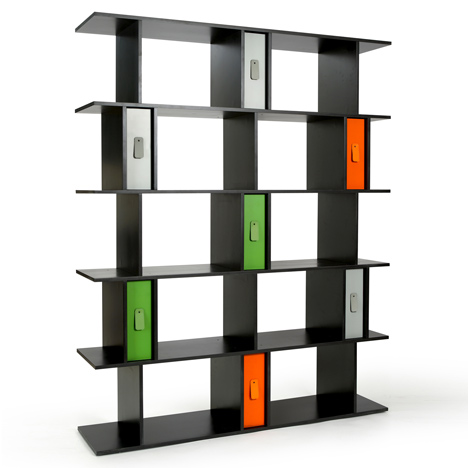

Just some images of atechnicaldrawing. Technical drawings are really meant to help us in visualizing a product. . Pls. check out these links for further readings :
http://en.wikipedia.org/wiki/Technical_drawing
http://www.scribd.com/doc/8455804/Technical-Drawing












